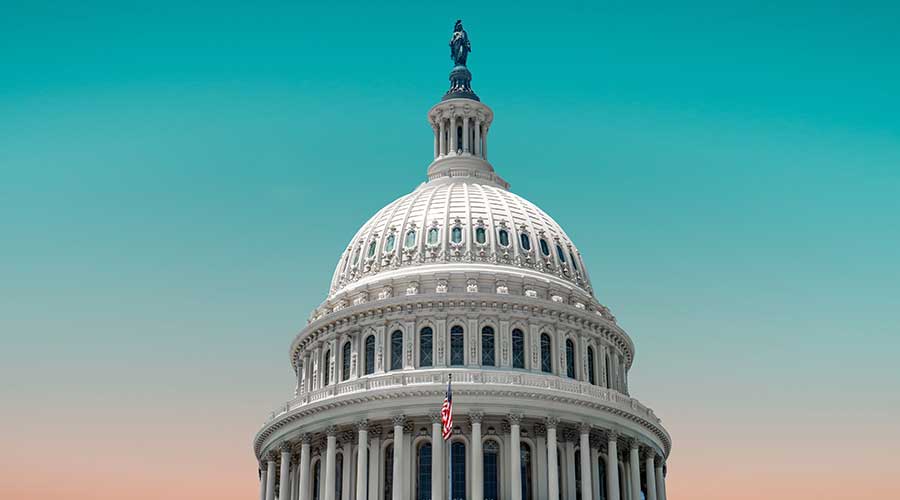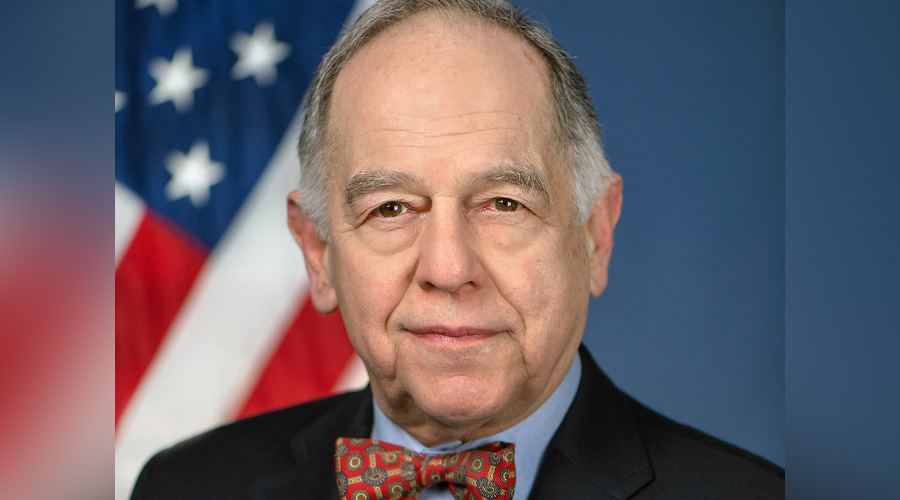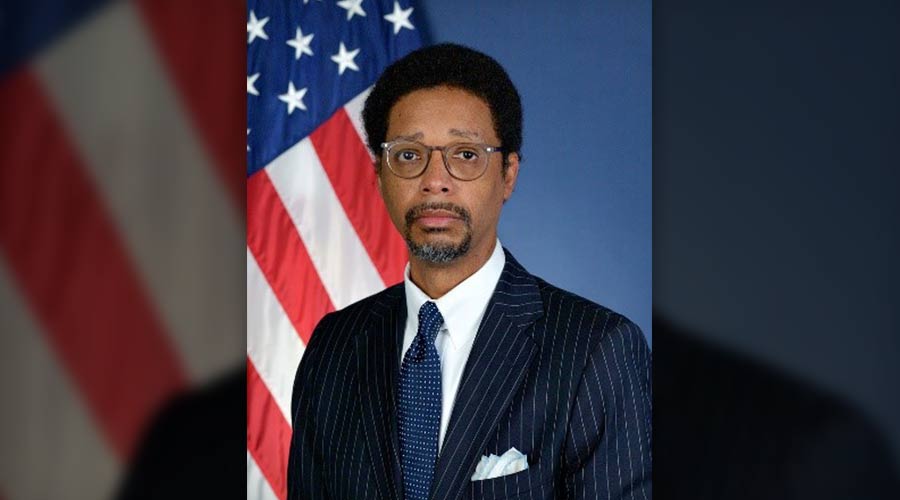Stay updated on news, articles and information for the rail industry
 railPrime
railPrime
August 2008
Rail News: Federal Legislation & Regulation
Bush Administration proposes new national transportation policy
With SAFETEA-LU up for reauthorization next year, talk is beginning to swirl in the rail industry about the next transportation bill — what it should include, how much funding should be made available and what new revenue sources should be considered. And while debate over each of those issues already has begun, there’s one thing most everyone can agree on: The federal transportation program is in need of a significant overhaul.
Late last month, the Bush Administration provided its take on a new transportation policy with a proposal to “refocus, reform and renew” the nation’s transportation strategy.
“Without a doubt, our federal approach to transportation is broken, and no amount of tweaking, adjusting or adding new layers on top will make things better,” said U.S. Transportation Secretary Mary Peters in a prepared statement. “It is time for a new, a different and a better approach.”
The plan would overhaul the way transportation decisions and investments are made, in part though a mode-neutral Metropolitan Mobility program that would allocate resources to projects that make the most economical sense, rather than politically popular projects.
In addition, the Bush Administration proposes to eliminate federal restrictions on congestion pricing in metropolitan areas and allow cities to reinvest revenue generated from congestion pricing on transit projects and improvements.
On equal ground
The proposal calls for leveling the playing field between transit and highway investments, too, requiring all surface transportation projects to complete a cost-benefit analysis in order to obtain federal funds. Currently, only transit agencies seeking New Starts funding must pass a cost-effectiveness test before their projects are eligible for federal funding.
The proposal also includes a Metropolitan Innovation Fund that would provide dollars to cities that combine peak-period highway pricing, expanded transit options and technology into a single mobility strategy.
As for funding sources? The Bush Administration’s plan would expand the way communities can finance transit projects, such as through state infrastructure banks, private activity bonds and expanded federal credit flexibility. Today, most transit projects are funded by federal or state tax revenue.
Finally, the plan calls for replacing the more than 100 federal transportation programs with eight comprehensive intermodal programs, as well as streamlining the federal review process to reduce the current 13-year average it takes to carry out transit and highway projects.
Freight component needed
The Bush Administration expects its proposal to spur debate on how to best incorporate reforms into a new transportation policy. At least one group already has weighed in.
“In laying out their views ... the administration fails to put forth a proposal that meets America’s need for a safe, efficient, effective multi-modal transportation system,” according to the Coalition for America’s Gateways, which comprises more than 50 public and private organizations with an aim to dedicate increased federal investment in intermodal freight infrastructure.
The new national transportation policy must include a Freight Trust Fund (FTF) or similar dedicated account that would provide predictable, sustained revenue committed to freight transportation infrastructure, they said. Proposed by the coalition in 2005, the FTF could be funded by new national freight fees and a small contribution from the Highway Trust Fund.
More comments are sure to come. Click here for a full copy of the administration’s reform plan. 
Keywords
Browse articles on SAFETEA-LU transportation policy Bush transportation policyContact Progressive Railroading editorial staff.


 LRW Honors Amtrak’s Acheson As Railway Woman Of The Year
LRW Honors Amtrak’s Acheson As Railway Woman Of The Year
 From Editor-In-Chief Foran: Of Gender Equity And Inclusion
From Editor-In-Chief Foran: Of Gender Equity And Inclusion
 Spotlight On Some Of Today’s Rail Safety Products
Spotlight On Some Of Today’s Rail Safety Products
 Women of Influence in Rail eBook
Women of Influence in Rail eBook









